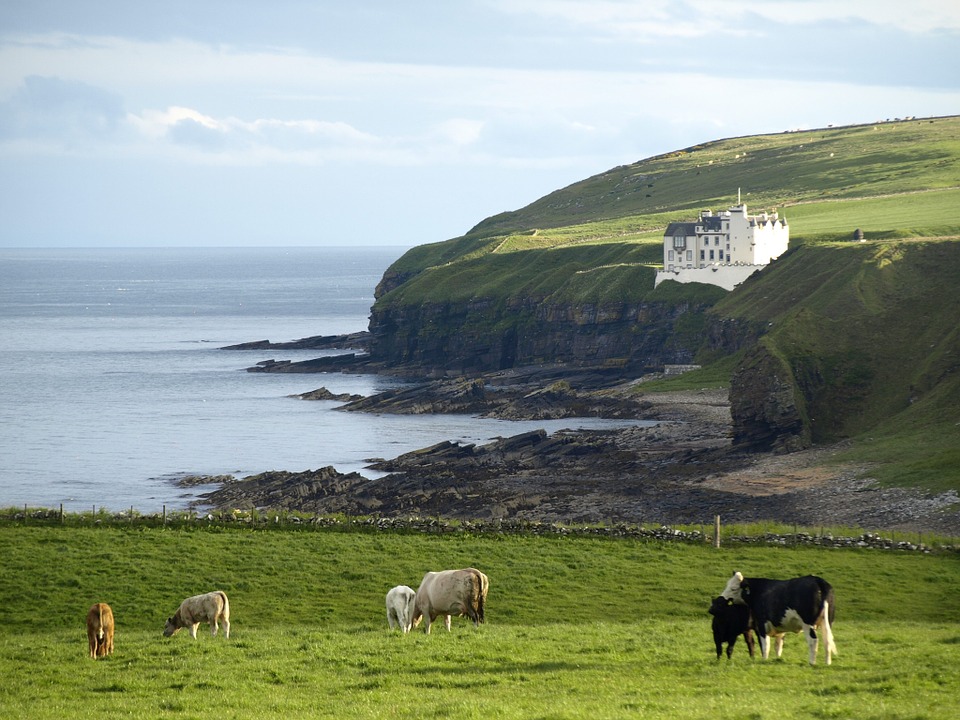Coastal erosion could put £1.2bn of Scotland’s buildings and infrastructure at risk
An estimated £1.2 billion of Scotland’s buildings, transport infrastructure, cultural and natural heritage may be at risk of coastal erosion by 2050, according to new research.

As part of the Scottish Government’s Dynamic Coast project, funded by the Centre of Expertise for Waters (CREW), the University of Glasgow has developed new maps to serve as a coastal change adaptation planning tool for government, agencies, local authorities as well as communities and businesses.
With evidence from the maps, the government is encouraging local authorities to prepare coastal adaptation plans, supported by an additional £12 million of investment. In recognition of the heightened landscape of climate-related risk in Scotland, Dynamic Coast will form part of a wider national programme to build resilience.
The Scottish Government has also already announced plans to host a National Climate Resilience Summit in the Autumn, to raise awareness and build momentum across the public and private sectors in advance of COP26.
Net zero secretary Michael Matheson visited the sand dunes in Montrose, which help protect the town from coastal flooding and erosion.
Mr Matheson said: “I welcome the publication of Dynamic Coast 2 which shows us that at least £20bn of assets, road, rail and residential property, lie within 50 metres of our coast. With nature protecting some £14.5bn of these assets, maintaining our natural coastal defences must be a key part of our resilience and adaptation strategies.
“We are already locked into future sea level rise and therefore we must plan for the worst case scenario on the coast. Modelling suggests however that we will see erosion influencing the majority of shores this decade. The Dynamic Coast maps will be a valuable tool in our fight against climate change, and we are now preparing guidance to help local authorities produce new adaptation plans.
“Here in Montrose, up to 80 metres of beach has eroded since the 1980s and a further 120 metres could erode over the next 40 years, breaching the main dune ridge. Angus Council is working with local stakeholders, including Montrose Port Authority and Montrose Golf links to identify the most sustainable solution for the town.
“COP26 in Glasgow represents the world’s best chance – perhaps one of our last chances – to avert the worst impacts of climate change. However, even in the best case scenario for global emissions reductions it is clear that we must also be preparing for the impacts that are already locked in. By doing this we can deliver on the principles of the Paris Agreement with lasting action to secure a net zero and climate resilient future in a way that is fair and just for everyone.”
NatureScot climate change director Nick Halfhide said: “This latest research from Dynamic Coast highlights that natural defences, such as sand dunes, protect three times the value of roads, railways and buildings than sea walls do. That’s why we must invest in Scotland’s nature. Nature based solutions are essential in our response to the twin crises of nature loss and climate change, and with COP26 coming to Glasgow in the coming months, there’s no better time for Scotland to take ambitious action.”
Director of the Centre of Expertise for Waters (CREW) Professor Bob Ferrier said: “CREW is delighted to have supported the development and launch of the Dynamic Coast project. This nationally significant research will assist decision-makers and others to understand how Scotland’s coastal assets need to adapt to the pressures of climate change and improve our collective resilience in the face of this challenge.”














